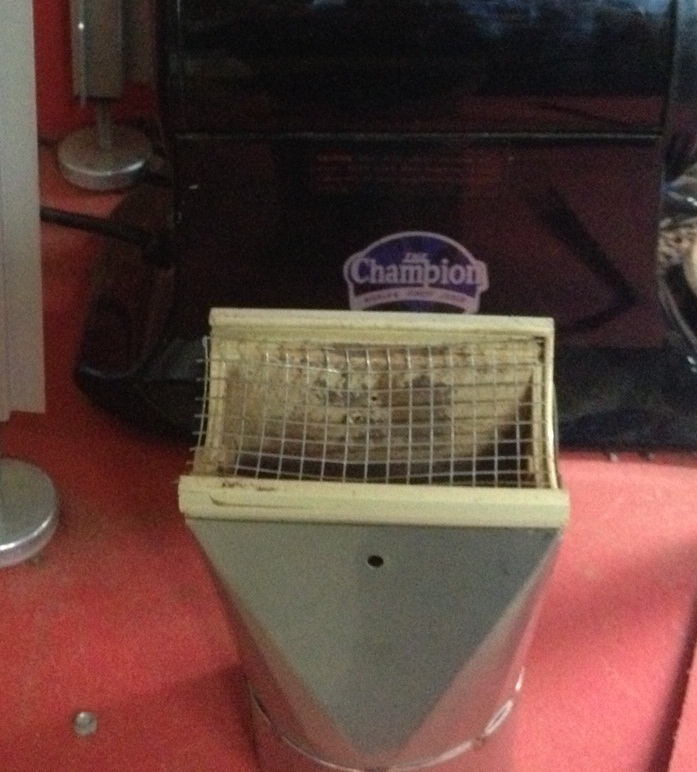Thanks to you, I am now winnowing my own beans. I LOVE the Slyph. Thank you!! To crack and feed the beans, I am using the champion juicer like you use for the Aether. I’m not complaining, but I’ve noticed that my nibs, although basically free of husk, don’t quite look as nice as the ones I used to get from you. Do you know what I might be doing wrong? Is it the deluxe cracker you use?
Very observant grasshopper.
And thanks for the perfect introduction to something I’ve wanted to talk about. Yes, a few of you notice that the nibs I send have changed recently. They are a bit smaller. And just a touch cleaner, especially the raw nibs. The answer is that I use a slightly different system than I’ve told anyone about…up until now. But first a little back story.
I’ve mentioned before that raw beans don’t winnow quite as well as roasted beans. It’s partly because the husk is heavier and partly because the nib and husk don’t separate as well when cracked. The laborious solution I’ve used is a screen when I deem that there is too much husk coming through. Basic 1/8” hardware cloth. And what was left on the screen was put back through the Champion and winnower until most passed through the screen.

While working on a different project, I tried fitting different sized screens to the bottom of the Champion juicer. What I was working on failed (but I learned a lot) but the result was inspiration that if added the 1/8” screen (I’d been working with much smaller screen) maybe it would recycle the larger nibs until they passed through the screen….and that is exactly what they did.

The result, to my mind, is a much cleaner, more even nib.

So, feel free to give it a try. I’ve been experimenting and here are a few observations.
It does slow the feed rate up a little; More so with raw beans.
Roasted beans work fine with the screen on and you barely notice the reduction in speed, and in the scheme of things, if you are only doing 2 lbs, what’s 2 minutes vs 2.5 minutes?
I like the performance better with raw beans if I put them through once (not worrying too much about efficiency). Then add the screen and put them through again. The second time through really flies and to my mind makes up for the extra pass since it gives such a nicer product.
Some beans that are a little less than perfect in preparation, namely Dominican Republic, really need two passes. Once without the screen, once with it. Otherwise the system just kind of bogs down and one slow pass ends up taking longer than two quick passes.
Finally, and with a rather awkward transition, people have also been asking when (and if) I will be bringing the Cocoa mill back. For those that had not heard, Crankandstein is moving to a new shop and decide with 2 days notice to stop making these ‘until the end of summer’. And it has given me time to consider the Mill. And honestly I’m leaning in toward the frame of mind that the manual cocoa mill’s time has run it’s course. At first I had made some conclusions that the Cocoa mill was better than the Champion. But as time went on, and both my winnowing technique got better and two winnowers because available, I’ve reversed my conclusion. Hands down, the Champion performs faster, with less trouble and more efficiency than the Mill. The only item really in favor of the mill is that in some places (such as some cocoa origins) where power is scarce, the mill is the only option. Ok, two items. The cutter wheel on the Champion wears out over time. But for the occasional home chocolate maker, this can be years. And for the professional, there is the Deluxe cracker (with new tool steel blade that have about 1 MT of cocoa beans of life to them).
So I guess I want input from you my customers and readers. Has the Cocoa mill become obsolete? Or are some of you looking to get one once they become available?
—– Submit your Questions to the Alchemist: question(youknowtoremovethisright?)@chocolatealchemy.com —–
